Alarelin is a synthetic gonadotropin-releasing hormone (GnRH) analogue. Alarelin acetate is designed to mimic the effects of natural GnRH, but with greater potency and stability. This synthetic peptide has a variety of applications, especially in medical and research Settings.
What is GnRH?
Gonadotropin-releasing hormone (GnRH) is an important peptide hormone produced by the hypothalamus and plays a key role in regulating the reproductive system. By binding to the GnRH receptor in the pituitary gland, GnRH stimulates the release of two basic gonadotropins: luteinizing hormone (LH) and follicle-stimulating hormone (FSH). These hormones are integral to regulating the menstrual cycle, ovulation, and the production of sex steroids such as estrogen and testosterone.
GnRH secretion is pulsatile, which means that it is a periodic burst rather than a constant flow. The frequency and amplitude of these pulses vary depending on the stage of the reproductive cycle and influence by a number of factors, including:
Feedback mechanism: Estrogen and progesterone in women and testosterone in men provide feedback to the hypothalamus and pituitary gland, regulating the secretion of GnRH, LH and FSH.
Neurotransmitters and neuropeptides: Various brain chemicals, such as kisspeptin, norepinephrine, and dopamine, affect GnRH secretion.
External factors: Stress, nutrition, and other environmental factors can also affect GnRH release.
When the above factors reduce the secretion of GnRH, they will correspondingly reduce the secretion of LH and FSH, resulting in the reduction of estrogen and testosterone (androgens). By using GnRH analog Alarelin acetate, one can substitute the effect of secretory GnRH by binding to GnRH receptors and stimulating the release of gonadotropins LH and FSH, thereby increasing testosterone levels in men and estrogen levels in women.

Application of Alarelin acetate
Endometriosis and uterine fibroids
One of the important applications of Alarelin acetate is in the treatment of endometriosis and uterine fibroids. These disorders are characterize by abnormal growth of uterine tissue, leading to pain, heavy menstrual bleeding, and other complications. By down-regulating LH and FSH to inhibit estrogen production, Alarelin helps reduce the size of endometrial lesions and fibroids, reduce symptoms, and improve the quality of life of affected women.
Assisted Reproductive Technology (ART)
In the field of assisted reproductive technology, they use Alarelin acetate to control the timing of ovulation and prevent premature surges in luteinizing hormone during in vitro fertilization (IVF) treatments. By regulating hormone levels, Alarelin ensures optimal maturation of the ovarian follicles, thereby increasing the chances of successful fertilization and pregnancy.
Prostate cancer
They also use Alarelin in the treatment of prostate cancer. Since the growth of prostate cancer cells is often drive by testosterone, reducing levels of this hormone can slow the progression of the disease. Alarelin offers an effective treatment option for patients with hormone-sensitive prostate cancer by down-regulating the production of LH and subsequent testosterone.
Peptide Alarelin acetate vs Tesamorelin
Alarelin acetate vs Tesamorelin is equivalent to GnRH vs GHRH.
Alarelin is a synthetic gonadotropin-releasing hormone (GnRH) analogue. Its main function is to stimulate the pituitary to release luteinizing hormone (LH) and follicle-stimulating hormone (FSH). Over time, continuous administration of Alarelin desensitizes the GnRH receptors, leading to reduced LH and FSH release, which reduces the production of sex hormones such as estrogen and testosterone.
Tesamorelin is a synthetic analogue of growth hormone-releasing hormone (GHRH). It stimulates the pituitary gland to produce and release growth hormone (GH), which in turn affects various physiological processes, including metabolism, muscle growth, and fat distribution.
Therefore, Alarelin acetate vs Tesamorelin are two peptides with completely different effects.
Alarelin acetate for man
Alarelin stimulates the release of pituitary luteinizing hormone (LH) and follicle-stimulating hormone (FSH), which can increase testosterone levels in men. Continuous use of Alarelin acetate resulted in desensitization of GnRH receptors, decreased production of LH and FSH, and correspondingly decreased testosterone levels. Therefore, for men, Alarelin acetate has the effect of regulating testosterone levels.
One of the significant benefits of Alarelin is its reversible action. Unlike some permanent surgical or chemical interventions, the effects of Alarelin can be reversed after stopping treatment. Using it to regulate testosterone production in men does not cause permanent changes and does not affect men’s reproductive health.






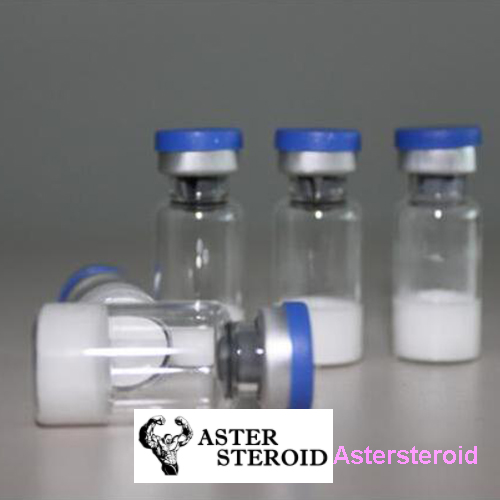


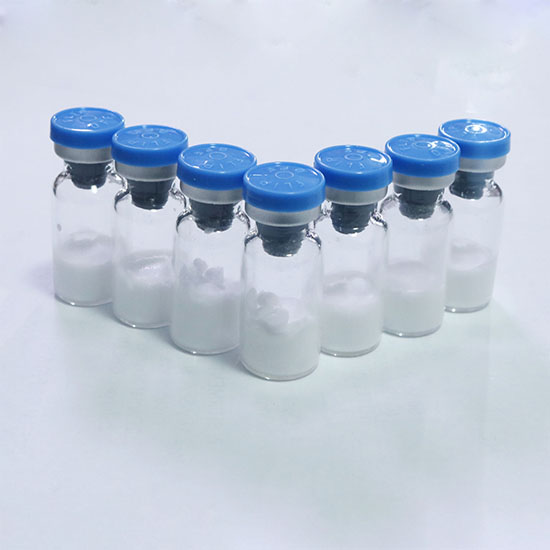
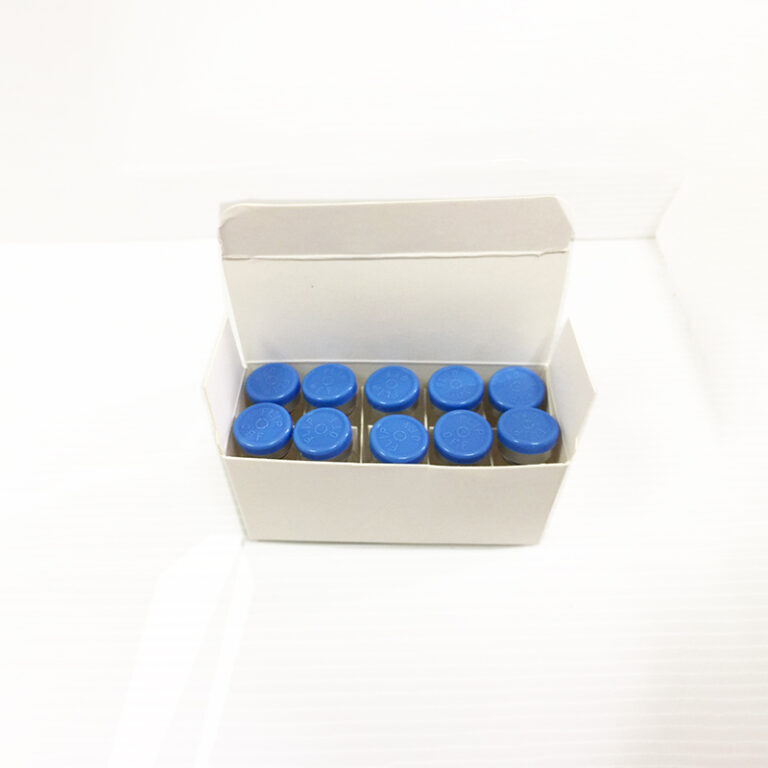

 Retatrutide LY-3437943 benefits in weight loss 17.5% in 24weeks
Retatrutide LY-3437943 benefits in weight loss 17.5% in 24weeks Type 2 Diabetes Treatment Semaglutide 10mg for Healthy Weight Loss
Type 2 Diabetes Treatment Semaglutide 10mg for Healthy Weight Loss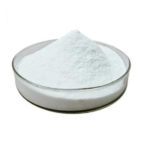 Buy MK-677 powder for sale ibutamoren sarm price bodybuilding mk677 CAS:159752-10-0
Buy MK-677 powder for sale ibutamoren sarm price bodybuilding mk677 CAS:159752-10-0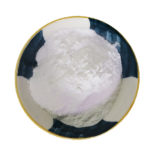 RAD140 stack: 99% Purity Sarms RAD-140 for sale
RAD140 stack: 99% Purity Sarms RAD-140 for sale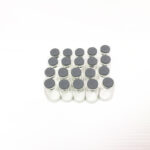 Neuroprotective peptide PE22-28 in mood depression and weight loss
Neuroprotective peptide PE22-28 in mood depression and weight loss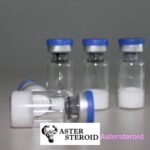 Peptide Alarelin acetate activated GnRH receptors to increase LH and FSH levels
Peptide Alarelin acetate activated GnRH receptors to increase LH and FSH levels FOXO4-DRI anti-aging and increases testosterone levels in men
FOXO4-DRI anti-aging and increases testosterone levels in men Nootropic Adamax vs Semax enhances cognition and post-exercise recovery
Nootropic Adamax vs Semax enhances cognition and post-exercise recovery Peptide Slu-PP-332 Lose weight and promote performance
Peptide Slu-PP-332 Lose weight and promote performance Peptides MOTS-c in bodybuilding and anti-aging use and benefits
Peptides MOTS-c in bodybuilding and anti-aging use and benefits